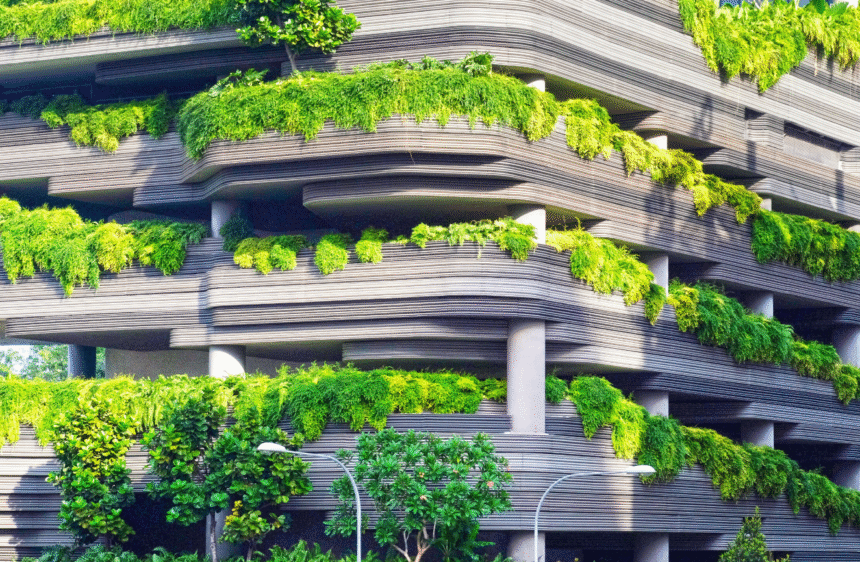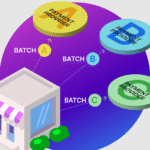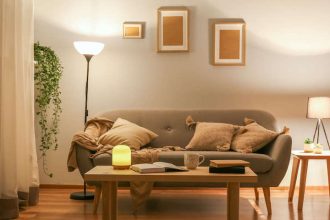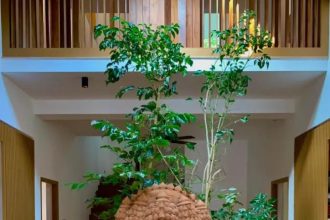Most offices are functional. Few are inspiring. The difference often lies in one element, i.e., green spaces.
In today’s world of hybrid work and fast-moving teams, workspaces need to do more than hold desks and chairs. They must support human energy, focus, and wellbeing. Introducing greenery is no longer optional. It is foundational.
Businesses that invest in well-designed green spaces show they care. They build offices that people want to return to.
What Are Green Spaces?
A green space is any area that introduces natural elements into the workplace. This includes indoor plants, green walls, garden terraces, and even small planters across work zones.
Green design is not just about aesthetics. It plays a major role in employee wellness and productivity. Studies from the World Green Building Council confirm the impact. Spaces with natural elements improve air quality and reduce stress.
Employees in such environments stay more focused. They feel refreshed. They collaborate better.
Why Offices Without Green Spaces Feel Outdated
Offices without nature feel rigid. Flat lighting, plain walls, and concrete views take a toll. They create stress without anyone noticing. Productivity drops. Energy drains faster.
Now more than ever, people need to feel connected to nature. Without greenery, offices miss the opportunity to restore calm and creativity.
Leading office interior designers in Kochi understand this. They bring in green elements not as decor but as essential components of a thriving workspace.
Proven Benefits of Green Spaces at Work
1. Cleaner Air and Healthier Minds
Plants absorb toxins and purify the air. This results in fewer headaches, better focus, and improved cognitive clarity.
Cleaner air supports better decision-making. It also lowers fatigue and reduces the spread of common illnesses.
2. Lower Stress and Higher Morale
Workplaces with greenery feel more open and less tense. According to University of Technology Sydney, indoor plants reduce anxiety by over 30 percent.
Employees working near plants report better mood, fewer complaints, and stronger engagement with their teams.
3. Stronger Focus and Better Memory
The University of Michigan found that even brief exposure to nature improves memory and attention. This translates directly into better task management and fewer errors.
The brain functions better in spaces that mimic nature. Green elements keep minds alert and reduce burnout.
How to Design with Green in Mind?
Not every office has outdoor space. But every office can include green zones with the right design.
Trusted office interior designers follow practical strategies:
- Use vertical gardens to save space and create visual interest
- Add potted plants to desks and meeting rooms for daily exposure
- Build natural break areas with seating near plants or natural light
- Create green dividers to separate zones without building walls
- Choose plants that need low care but give high visual value
Green design is not an afterthought. It is central to the layout and mood of the space. It supports function and wellbeing.
Why Businesses Are Investing in Green?
Leadership teams today measure everything. They want results. That is exactly what green offices deliver.
A Harvard study found that employees in green-certified buildings scored over 60 percent higher in cognitive tasks. That is a significant advantage.
Here is what green spaces add to your workplace:
- Better retention of high-performing teams
- Lower absenteeism due to reduced stress and fatigue
- Enhanced brand image for clients and visitors
- Clear message to employees that their wellbeing matters
These are not trends. These are lasting shifts in how people want to work.
Nature Is a Standard.
Many offices try new layouts and tools. Standing desks. Focus pods. Mood lighting. These features help, but they are not enough.
Nature remains the most powerful tool. It is timeless. It works with how people think, breathe, and behave. When your office reflects natural design, it sets a higher standard.
Green spaces deliver results across teams and industries. They bring value without complexity. They show that the space was created for humans, not machines.
Final Thoughts
Work is not slowing down. The pressure is real. But spaces that support people, those are the future.
Leaders who create green offices see stronger performance and deeper loyalty. They build cultures that attract and keep talent. They build workplaces people talk about.
If your office has not embraced green design, the time to start is now.














